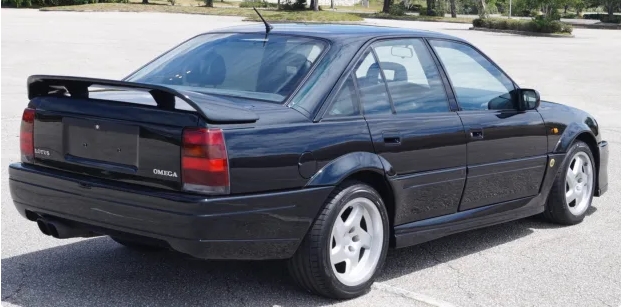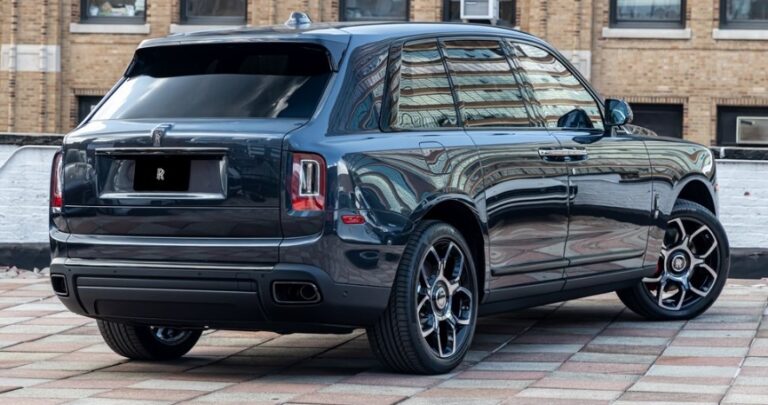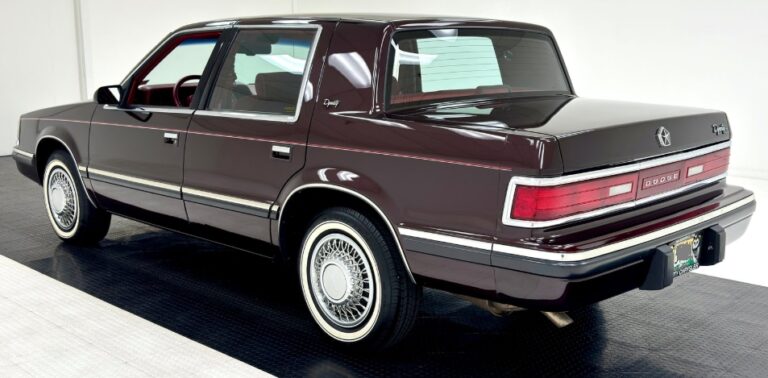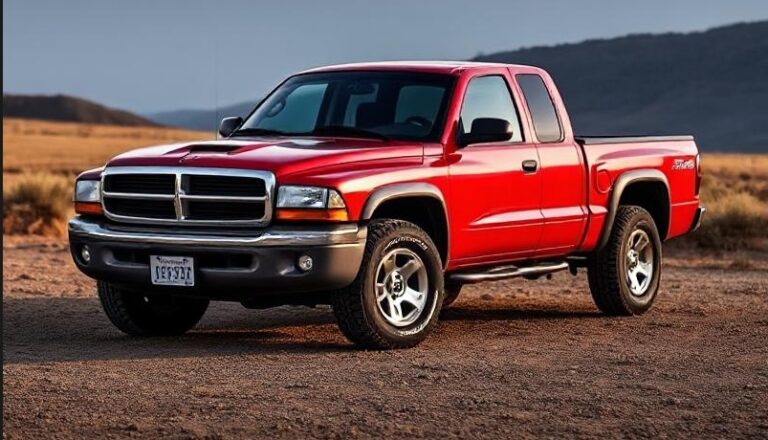The Evolution of the Rolls-Royce Corniche
The Rolls-Royce Corniche, renowned for its luxurious design, splendid craftsmanship, and elegant performance, stands as a symbol of prestige on the roads. Its evolution spans decades, showing how Rolls-Royce has adapted to changing tastes, technologies, and market dynamics. This article outlines the journey of the Corniche, starting from its inception in the late 1960s through its various iterations, model distinctions, and the distinct characteristics that made each one unique.
Origins and First Generation (1966–1982)
The name “Corniche” originally derived from the French word for coastal road, aptly reflecting the car’s connection to leisurely open-top driving. Introduced in 1966, the first generation of the Corniche was based on the Rolls-Royce Silver Shadow, which debuted a few years earlier. This luxurious two-door coupe was initially conceived as a coupe version of the Silver Shadow, making it a sophisticated yet sporty choice.
Models Offered:
- Corniche Coupe (1966–1982)
- Corniche Drophead Coupe (1967–1982)
The first-generation Corniche was powered by a 6.75-liter V8 engine, offering an ample 220 horsepower. The vehicle’s body was hand-crafted, maintaining the signature ultra-luxurious finish associated with the Rolls-Royce brand. Interior customization options were extensive, allowing buyers to specify materials ranging from fine leather to rich wood veneers that reflected their personal tastes.
The first-generation Corniche saw approximately 4,000 units produced, making it a successful venture for Rolls-Royce, and its classic design has made it a highly regarded collector’s item today.
Second Generation (1983–1995)
The second generation of the Corniche debuted in 1983 and maintained the legacy of luxury while embracing some modern design elements. This model utilized the platform of the new Rolls-Royce Silver Spirit, which allowed for further enhancements in performance, comfort, and technology.
Models Offered:
- Corniche II (1986–1989)
- Corniche III (1990–1995)
Powers from the 6.75-liter V8 engine were boosted slightly for better performance, along with improved driveability. Enhancements in suspension and soundproofing elevated the luxurious ambience the brand was known for. Noteworthy was the introduction of advanced electronics in the Corniche II, which included improvements in driver comfort features like adjustable seats and an advanced sound system.
Significantly, the Corniche III offered refined aesthetics; it featured new front and rear bumpers and an upgraded interior. Every aspect of the car was crafted with the utmost care, ensuring that every Corniche was as unique as its owner.
The production numbers were more limited than the first generation, with approximately 1,000 units produced for the entire second generation, further solidifying the model’s exclusivity.
.

.
Third Generation (1999–2002)
After a hiatus in the Corniche line, Rolls-Royce reintroduced the model in 1999. This new iteration was built on a completely different platform and signified a new era under BMW’s ownership of the Rolls-Royce brand, following a split with Volkswagen.
Models Offered:
- Corniche IV (2000–2002)
This generation was characterized by a return to the traditional Coupe format, reborn with a flair that spans both contemporary and classic aesthetics. The new Corniche was powered by a BMW-sourced 6.75-liter V8, delivering 394 horsepower. It also featured advanced technologies like a satellite navigation system, something that was becoming a standard for high-end automobiles.
The luxurious workmanship continued; hand-stitched leather and bespoke wood finishes were prevalent. The distinctive feature of this generation was its panoramic roof, allowing for an extraordinary open-air experience when desired. Only about 300 units were produced during this period, making the Corniche IV a rare specimen.
Lasting Legacy and Final Production (2002)
The Corniche IV was the final act in the Corniche saga, with the last models rolling off the production line in 2002. This signified the end of an era for one of the most iconic names in luxury automotive history, but its legacy remains strong.
The Rolls-Royce Corniche has left an indelible mark on the luxury car market, embodying the brand’s commitment to excellence with each iteration. The evolution of the Corniche reflects broader changes in luxury vehicle preferences, merging traditional craftsmanship with modern luxury.
Conclusion: Timeless Design, Enduring Elegance
The Rolls-Royce Corniche exemplified bespoke luxury and has evolved through various production years with several model iterations—each adding a layer to its storied legacy. The journey from the elegant lines of the first-generation Corniche to the technologically advanced Corniche IV encapsulated the brand’s refusal to compromise on quality and heritage while also numbly adapting to the times.
The Corniche may no longer be in production, but its allure continues to capture the imaginations of auto enthusiasts and collectors. Today, classic Corniches are sought after in the collector’s market, celebrated for their exceptional design, handmade craftsmanship, and timeless elegance that captured the essence of a bygone golden era of motoring.
In the luxury automotive landscape, the Rolls-Royce Corniche remains a paragon of automotive achievement—a bridge between craftsmanship and innovation, nostalgia and modernity. The Corniche personifies the very essence of the Rolls-Royce ethos: “The Best Car in the World.”







